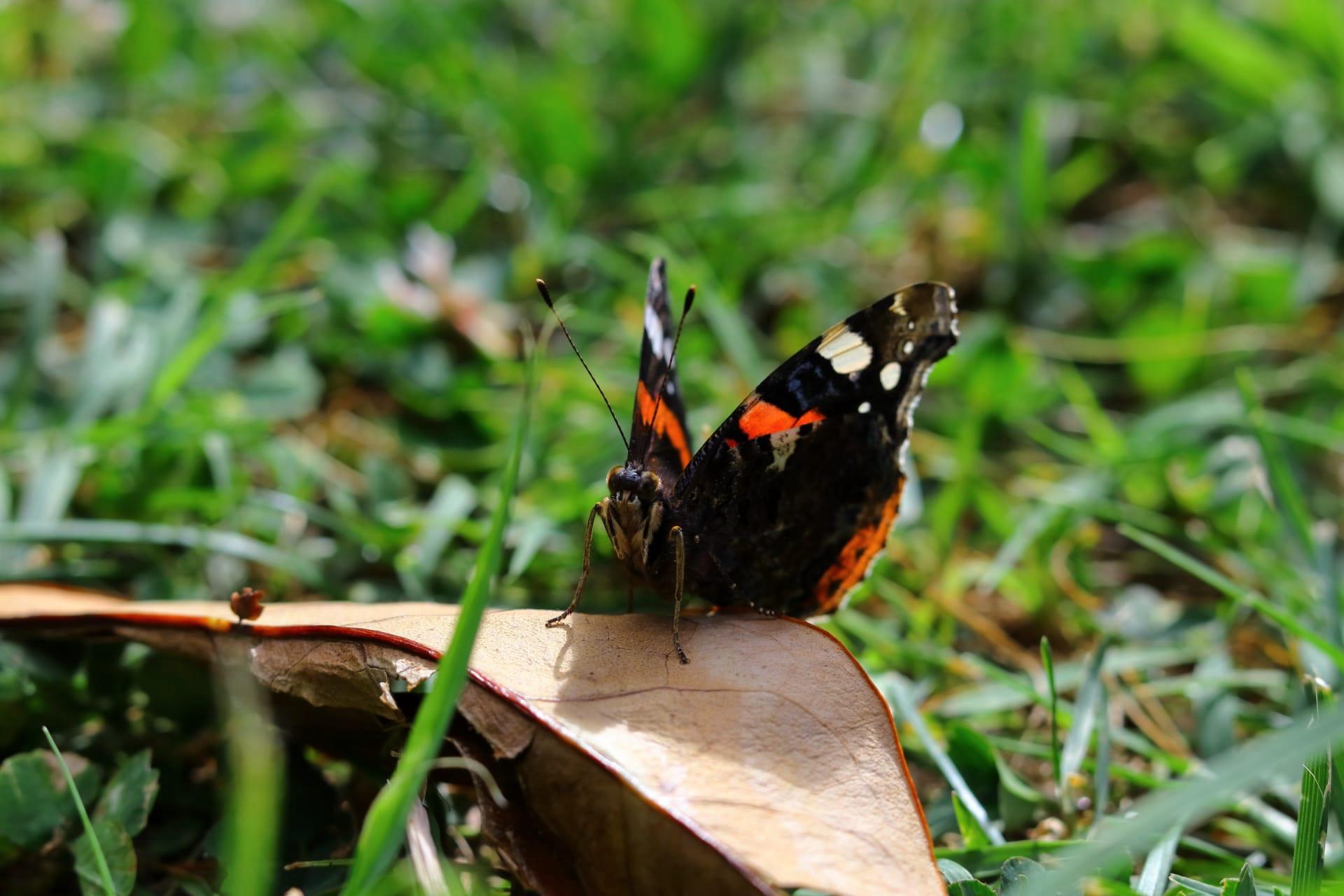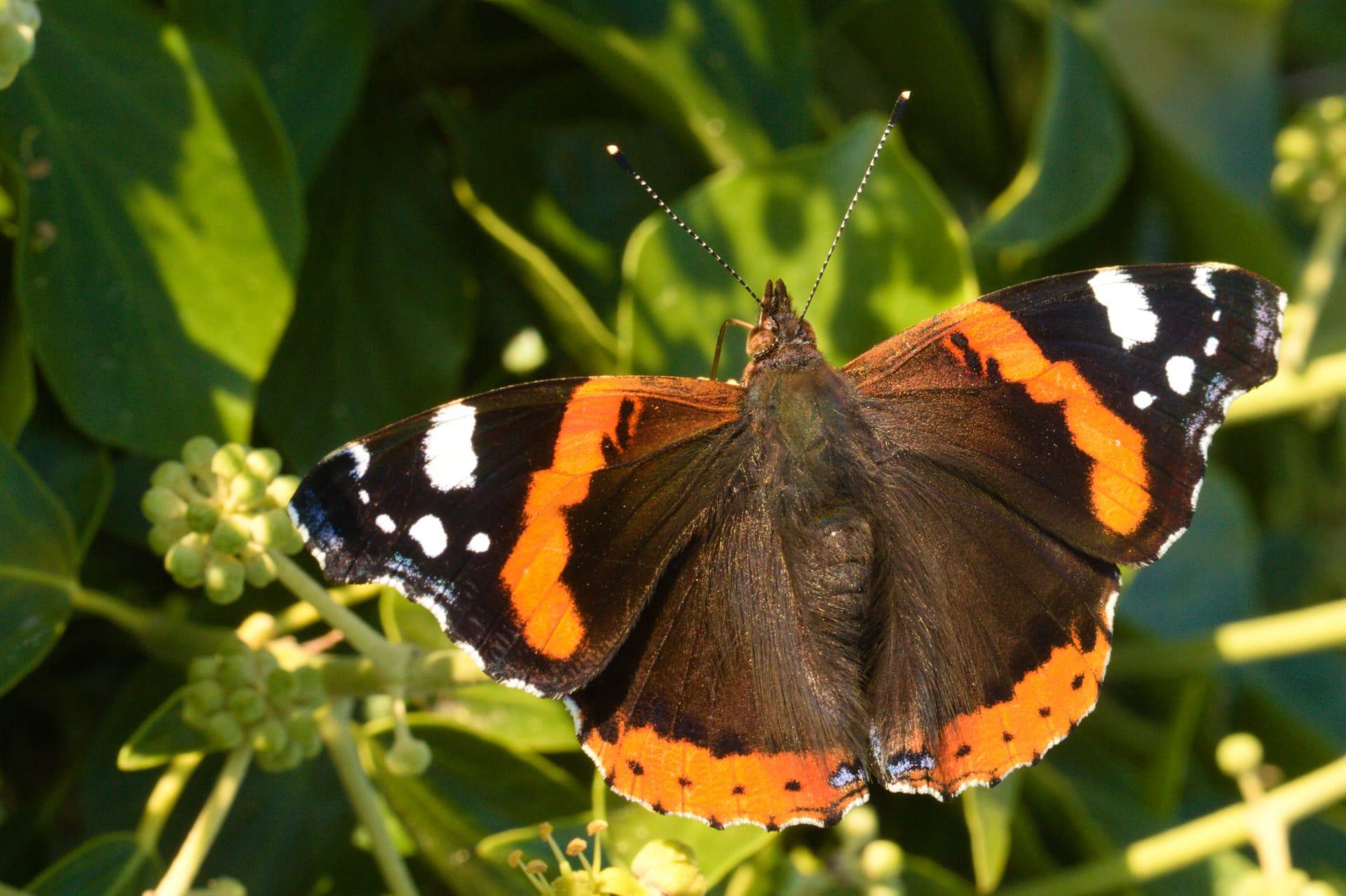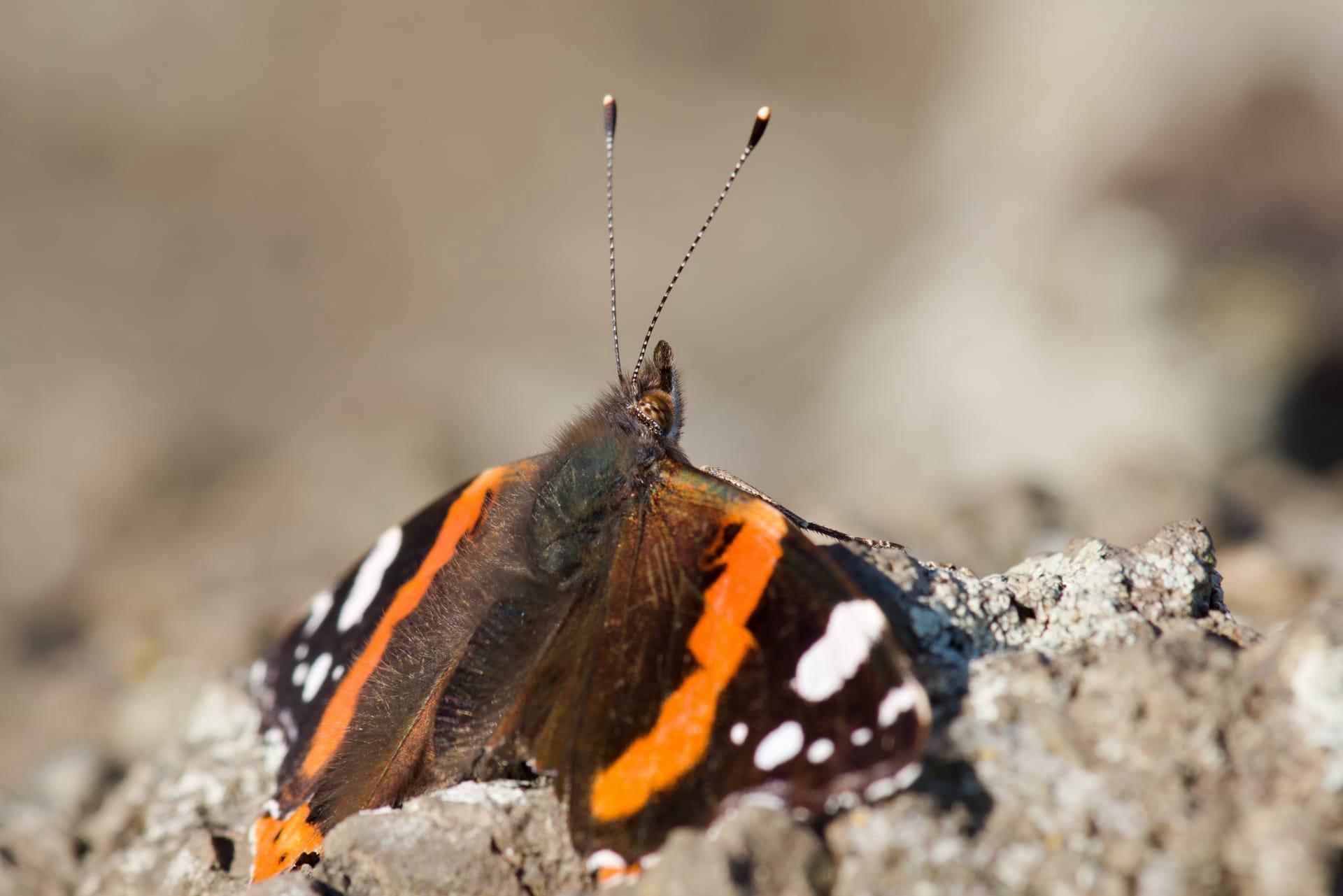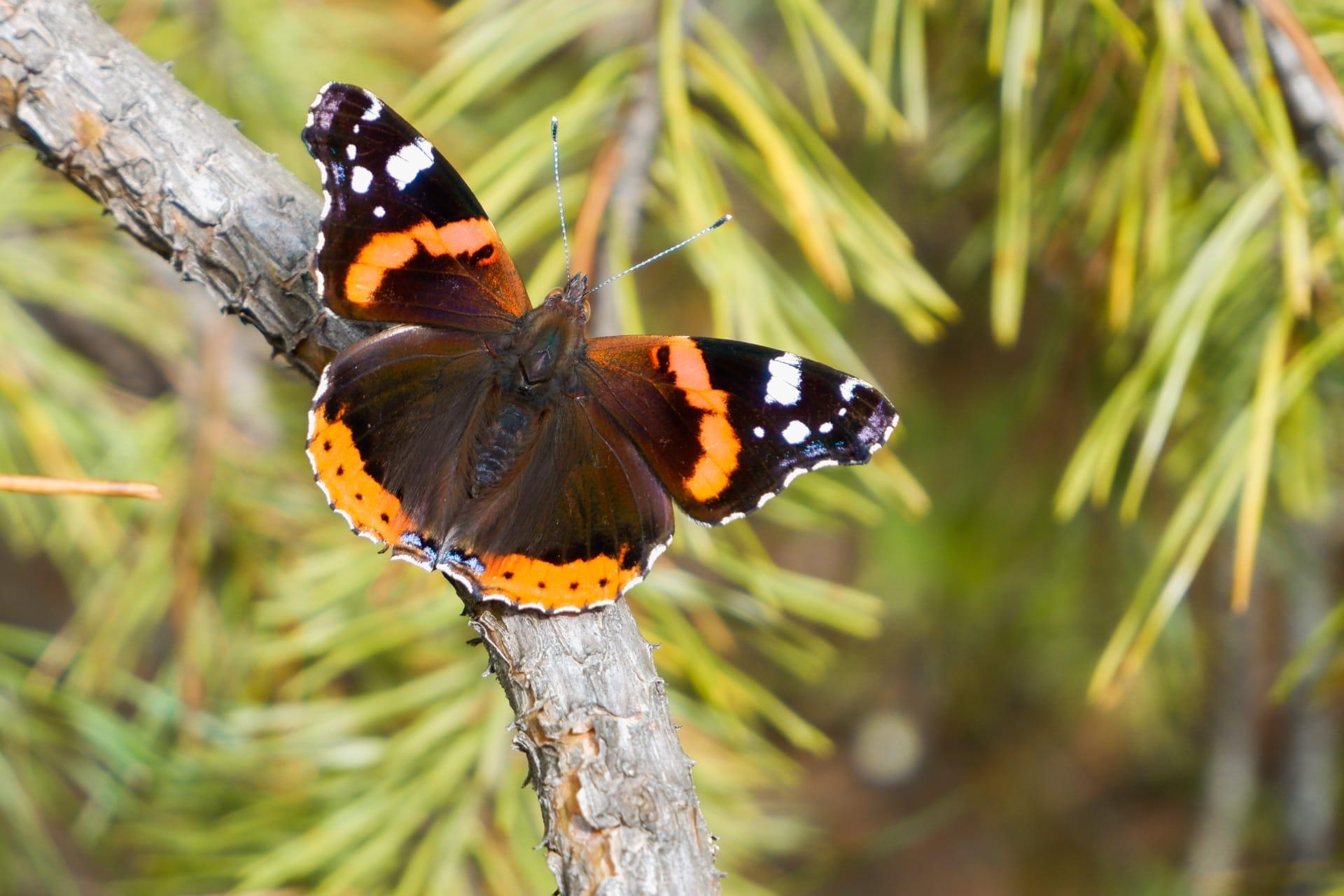Red Admiral Butterfly Characteristics
- Home /
- Mini Encyclopedia /
- Animal /
- Red Admiral Butterfly Characteristics
1
The Red Admiral Butterfly, scientifically known as Vanessa atalanta, is a striking and easily recognizable insect. It has a wingspan ranging between 1.75 to 2.5 inches (4.5 to 6.4 cm), making it a medium-sized butterfly. The upper side of their wings displays a vivid black hue, punctuated by bright red bands and white spots, creating a memorable visual contrast. These butterflies typically have a lifespan of 6 to 12 months, which is relatively long for a butterfly.
One of the most distinctive organs of the Red Admiral Butterfly is its proboscis. This unique, straw-like structure is used for feeding and can extend to more than twice the butterfly's body length. The proboscis allows the butterfly to feed on nectar from flowers that are deep and narrow, which other insects might find inaccessible. This adaptation is crucial for their survival and plays a significant role in their ability to forage for food efficiently.

2
Question: Why do Red Admiral Butterflies migrate?
Answer: Red Admiral Butterflies migrate to find more favorable environments, particularly in response to temperature changes. Unlike some other species, they are not known for long, mass migrations but rather undertake shorter, more localized movements. These migrations are driven by the search for optimal temperatures and abundant food sources, especially during changing seasons. They prefer warmer climates, thus tend to move southward as winter approaches and northward when temperatures rise in spring.

3
The Red Admiral Butterfly is known for its agile and fast flying capabilities. They can reach speeds up to 12 miles per hour (19 km/h), which is quite swift for an insect of its size. Their flight is characterized by rapid, darting movements, making them difficult to catch or follow. This agility is not only essential for evading predators but also beneficial in their pursuit of mates and foraging activities.
When it comes to feeding, Red Admirals are not particularly picky. They prefer nectar from flowers like red clover, thistles, and asters, but they also feed on overripe fruits and tree sap. This diverse diet helps them thrive in various environments. Their proboscis, an elongated and coiled mouthpart, plays a key role in feeding, allowing them to extract nectar from flowers efficiently.

4
Red Admiral Butterflies are adaptable and can be found in various environments. They are common in temperate regions, particularly in North America, Europe, Asia, and North Africa. These butterflies thrive in diverse habitats, including woodlands, fields, and even urban gardens and parks. They prefer areas with abundant flowering plants, which provide essential nectar for food.
In terms of reproduction, the Red Admiral exhibits fascinating characteristics. Females lay their eggs on the leaves of host plants, particularly nettles. After hatching, the caterpillars create small nests by folding the leaves of the host plant, providing them with both food and shelter. This strategy is vital for the survival of the young caterpillars, protecting them from predators and harsh environmental conditions.

5
Book: "Butterflies of the World" by Adrian Hoskins, published in the UK in 2014. This book provides an extensive overview of various butterfly species, including the Red Admiral. Hoskins, an expert lepidopterist, offers detailed insights into the behavior, distribution, and identification of these fascinating creatures. The book is richly illustrated and serves as an invaluable guide for both enthusiasts and professionals.
Book: "The Butterfly Isles: A Summer In Search Of Our Emperors And Admirals" by Patrick Barkham, published in the UK in 2010. This book narrates Barkham's journey across Britain in search of every native butterfly species, including the Red Admiral. It's a blend of travelogue, natural history, and personal quest, offering insights into the life cycles and habitats of these butterflies, along with reflections on the challenges they face in the modern world.